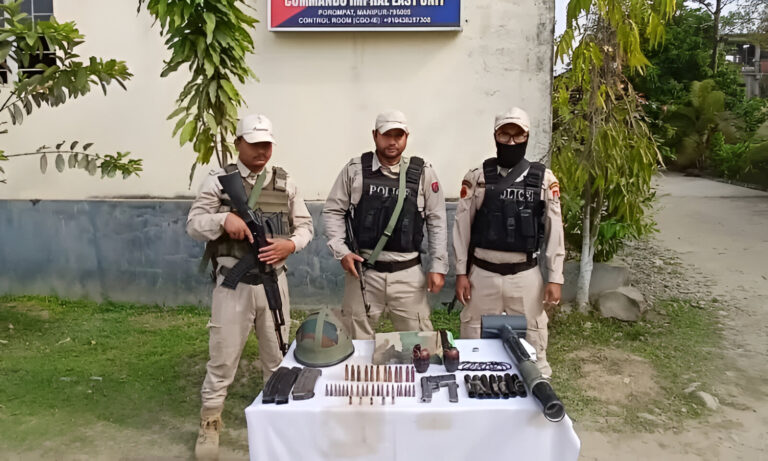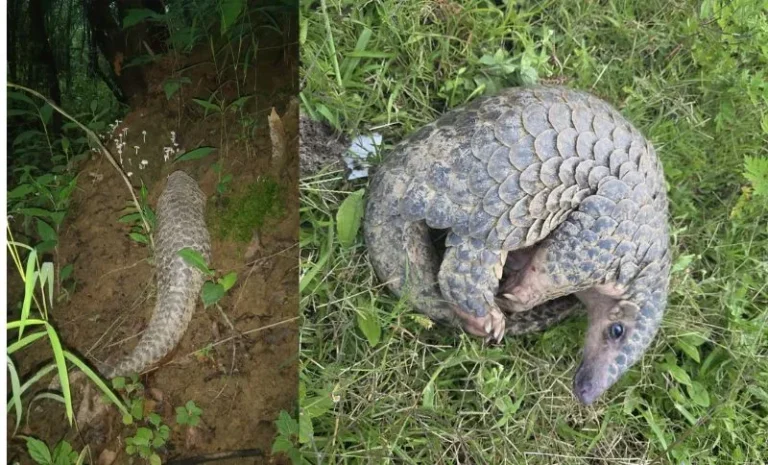Manipur’s New Livestock Census Initiative under NADCP: A Leap Toward Animal Health and Public Safety
Summary
On October 25, 2024, Manipur launched its first comprehensive Livestock Census and a dedicated Survey Monitoring Cell under the National Animal Disease Control Programme (NADCP). This initiative aims to improve animal health management, curb disease spread, and better allocate resources. The program encourages public participation via a new toll-free helpline, highlighting the state’s commitment to safer, healthier livestock practices.
In-Depth Article
Empowering Livestock Health: Manipur Launches a Historic Census under NADCP
Introduction
The importance of livestock in our lives often goes unnoticed, yet they’re the silent engines behind agriculture, economy, and even cultural traditions. In Manipur, livestock plays an even bigger role in local livelihoods and food security. Recognizing this, the government has taken an unprecedented step by launching the first comprehensive Livestock Census, a move aimed at curbing disease, protecting livestock health, and securing economic resilience. But what exactly does this census entail, and how will it impact Manipur’s communities? Let’s delve into the details of this groundbreaking initiative and explore its potential benefits for the people, animals, and economy of Manipur.
What Is the Livestock Census?
Simply put, a livestock census is like a population count but for animals. It involves systematically collecting, recording, and analyzing data on the animal population within a region. The goal is to understand animal demographics, health trends, and potential disease risks. Think of it as a pulse-check for animal health in the region, providing essential data to support decisions that benefit everyone from farmers to policy-makers.
- Why a Census for Animals?
Animals, just like humans, are susceptible to diseases. By understanding the health status and population dynamics of livestock, authorities can better prevent disease outbreaks, improve animal care, and ensure the stability of agricultural productivity. - NADCP’s Role
This Livestock Census is conducted under the umbrella of the National Animal Disease Control Programme (NADCP), a nationwide initiative aimed at eradicating diseases like Foot and Mouth Disease (FMD) and Brucellosis. Manipur’s census will support NADCP’s objectives by giving a clear picture of the local livestock health status. - Survey Monitoring and Evaluation Cell
Along with the census, the government has established a Survey Monitoring and Evaluation Cell. This cell will oversee data collection, manage public inquiries, and ensure the effective implementation of NADCP goals in the state.
Objectives of the Livestock Census in Manipur
This first-of-its-kind census in Manipur isn’t just about counting heads; it’s about implementing a forward-thinking strategy for animal welfare and public safety. Let’s look at some key objectives:
- Disease Prevention and Control
One of the biggest threats to livestock is contagious diseases. The data collected through the census will allow authorities to track disease patterns, identify hotspots, and implement timely interventions. - Resource Allocation
From veterinary care to feed, animals need various resources to stay healthy and productive. This census will help the government allocate resources more efficiently, ensuring that regions with higher livestock populations get the support they need. - Enhanced Public Health
Healthy animals contribute to a healthy community. By managing animal diseases more effectively, the census indirectly supports human health by reducing the risk of zoonotic diseases (illnesses that transfer from animals to humans). - Economic Growth
A robust livestock sector contributes to a stronger economy. By ensuring livestock health, the census supports the growth of small businesses, dairy farms, and meat industries in the region.
What This Means for Manipur’s Farmers
Farmers are the backbone of Manipur’s economy, and livestock often forms an essential part of their livelihood. Here’s how the census could transform their everyday lives:
- Increased Support for Farmers
With detailed data on livestock, the government can design better programs tailored to farmers’ needs, from vaccination drives to feed distribution. - Education and Awareness
The census is also an educational tool. Farmers will gain insights into disease prevention, livestock care, and how they can protect their animals better. - Improved Animal Health Services
More data means better veterinary care. The census will highlight areas with limited access to animal health services, allowing authorities to address these gaps. - Boosting Productivity
Healthy animals are productive animals. By reducing disease risks, the census will likely lead to a more stable supply of milk, meat, and other animal products, improving farmers’ income.
Technology and Data in Livestock Management
In a world driven by data, this census represents a step forward in using technology to protect and manage livestock. Here’s how data collection and analysis will play a role in Manipur’s livestock health:
- Data Collection Methods
The government is using digital tools to streamline data collection, ensuring accuracy and efficiency. Mobile devices, tablets, and digital forms are being used to record data in real-time. - Data Analytics for Disease Control
Once collected, the data undergoes analysis to identify patterns and risks. Advanced analytics can even predict potential disease outbreaks, allowing for proactive measures. - Public Engagement via Toll-Free Helpline
To involve the public, the government has introduced a toll-free helpline. This line allows farmers and citizens to ask questions, report concerns, and participate actively in the census.
The Bigger Picture: Manipur’s Vision for a Healthier Future
This livestock census is more than just a government initiative; it’s part of a larger vision for a healthier, safer Manipur. By investing in animal health, the state is strengthening its agricultural foundation, empowering farmers, and promoting overall public health.
- Fostering Community Trust
For a successful program, public trust is essential. The census is a collaborative effort where every citizen’s contribution, whether as a data provider or a participant in the toll-free helpline, plays a role. - National and International Implications
As Manipur builds a reliable database of livestock health, it not only aligns with national goals under NADCP but also strengthens India’s position globally as a proactive country in animal welfare. - Setting a Precedent for Other States
Manipur’s successful census may serve as a model for other states, inspiring them to take similar steps in disease control and animal welfare. This initiative could pave the way for a uniform national approach to livestock health.
FAQs
- What is the National Animal Disease Control Programme (NADCP)?
NADCP is a government program aimed at eradicating Foot and Mouth Disease (FMD) and Brucellosis among livestock. It focuses on vaccination, health monitoring, and disease management across India. - Why is a livestock census important?
A livestock census provides essential data on animal populations, helping authorities manage resources, control disease, and support agricultural productivity effectively. - How will the census benefit Manipur’s farmers?
Farmers will gain access to better veterinary care, targeted support programs, and increased awareness about animal health, ultimately leading to improved productivity and income. - What role does the public play in this census?
The public can participate by providing information on their livestock and using the toll-free helpline to ask questions, report issues, and get updates on health initiatives. - What long-term impact could this census have?
In the long run, the census could lead to better animal disease control, enhanced agricultural stability, and improved public health by reducing zoonotic disease risks.





